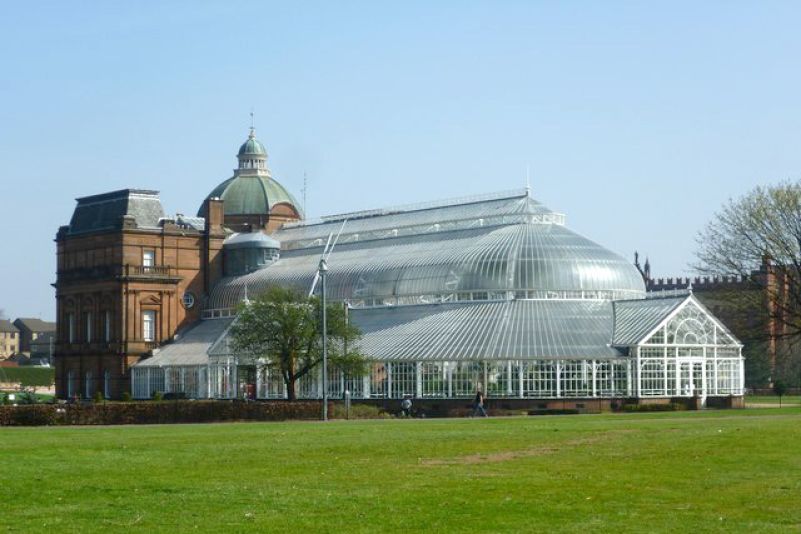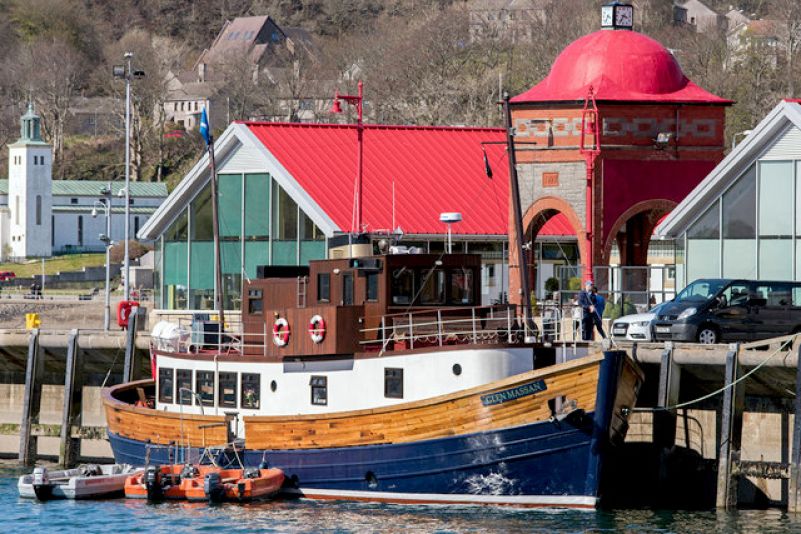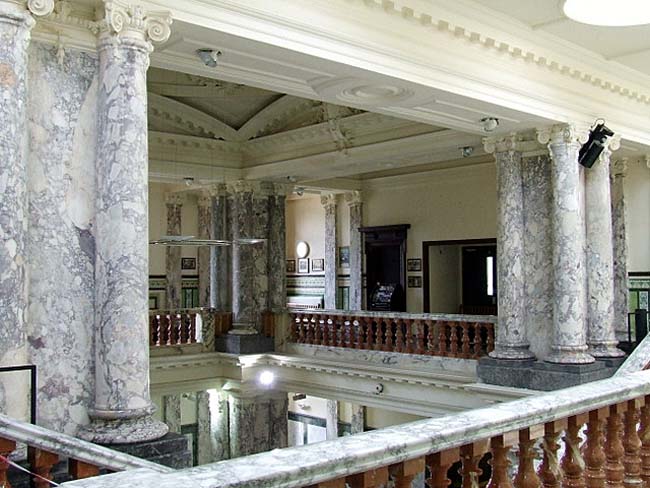Created Date:
Last Modified:
Argyll Motors Ltd.
The Argyll works in Alexandria was, at one time, the largest car factory in Europe.
Location
Argyll Motors Ltd, Main Street, Alexandria G83 0UG
Date
1906 – 1914
Commentary
In 1905, Alexander Govan and Warren Smith, major shareholders in the Hozier Engineering Company Ltd, and manufacturers of the Argyll car, decided to move production from Bridgeton in Glasgow to a brand-new 25-acre site in Alexandria, just over 20 miles away.
Construction work began in April 1905, with the grand opening by Lord Montagu on 19th June 1906. With a 760 foot two-storey Baroque-style frontage, the factory was immense; and was, at the time, the largest car factory in Europe.
The statue of a woman, above the entrance, with flowing drapes standing on the bonnet of a car and emerging from the building above the entrance to the building was typical of the factory’s lavish detail and design. The entrance hall itself was made up of stone pillars and a beautiful marble staircase and balustrade.
Behind this building were the production facilities. These included a 4.5 acre machine shop, a powerhouse, forge, plus the erecting, coachbuilding, painting and upholstery departments. As well as all the offices, the building also housed a lecture theatre and dining rooms, plus facilities for workers that were significantly better than could be found anywhere else at the time. There was, it seems, a determination by Alexander Govan not to replicate the appalling working and living conditions endured by so many people at the time in nearby Glasgow.
However, in 1907 Alexander Govan suddenly died, at the age of 38. Most reports ascribe his death to a stroke, although several authors hint that it may have been caused by food poisoning. Alexander Govan’s death was a tragedy for his family and friends, but also for the company, which went into liquidation soon afterwards. Although the Argyll model range had steadily grown, the company’s production methods did not allow it to manufacture cars in numbers that provided a sufficient return on investment.
In 1908, 1500 workers were laid off, and Argyll Motors went into liquidation. It was replaced by a smaller company, known as Argyll Ltd, and production continued in a reduced form although, again, the model range continued to develop. Argyll was wound up for the second time in 1914, following its involvement in a patent dispute. Although the company won the court case, the bill for costs (stated to be in the region of £50,000) and the £12,000 per month payments on the factory meant that the business was no longer viable. In 1915, production moved back to the old Bridgeton works, near Glasgow.
The Alexandria factory was bought by the Government in December 1914 for use as a Royal Navy armaments factory, becoming locally known as ‘the torpedo works’. It continued to undertake defence contracts until the late 1960s. In 1971, the owners, Plessey, announced the closure of the factory, prompting a five-month sit-in by workers preventing the removal of machinery. The dispute came to an end after agreement had been reached to convert the premises into an industrial estate.
By the 1990s, however, the central building had fallen into decay, but in 1997 it was opened as a retail park, known as the Loch Lomond Outlet. A number of display boards, describing the history of the building are situated at the entrance to the Outlet.
As a final footnote to his story of Argyll, Jack Webster (see below) notes the two of the apprentices at the Alexandria factory were Harry Ferguson, who went on to develop a famous tractor and four-wheel-drive-system, and John Logie Baird, the inventor of television.
Other locations
Bridgeton, Strathclyde
Further details
- The Scottish Motor Industry, Michael Worthington Williams, Shire Publications Ltd, 1989
- In the Driving Seat: a century of motoring in Scotland, Jack Webster, Glasgow Royal Concert Hall, 1996
- www.motoringheritage.co.uk






